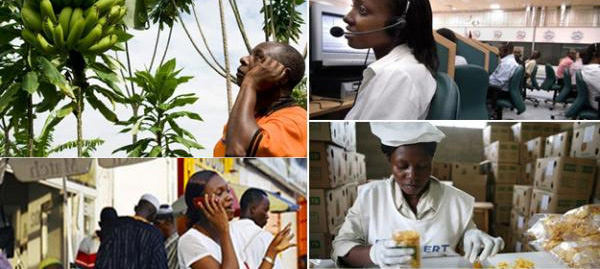
MARKET OPPORTUNITY AFRICA
Mkoba believes that the current socio-economic trends suggests that Sub Saharan Africa, and in particular Mkoba’s selected target countries and sectors, presents a highly compelling investment opportunity that is currently underserved by private equity. Mkoba believes that this market opportunity rests mainly on four pillars:
PILLAR I
Sound macroeconomic base, strong growth and improving governance across the continent
> 7 out of the 10 fastest growing economies are in Africa
> Throughout recent crises and stagnation in other regions – Africa has continued to grow
> Declining inflation, reduced external debt and evidence of improvement in governance across Africa
> Reforms, liberalization, improving business climates and rule of law
> Widespread and deepening democratization, peace and political stability improvements
PILLAR II
Resources, skills and capital
> Increased local know-how, sophistication and skills in business, management and technology
> Land use still low, land development, agriculture and agri-business has great potential
> Discovery of natural resources will further increase growth, and provide opportunity for services around the gas and mineral hubs
> Investors increasingly targeting Africa providing capital for further growth
PILLAR III
Increased trade and Investment opportunities
> Regional integration creates larger markets
> Growing south-south trade providing new opportunities for business
> Post conflict and post-socialist countries rebuilding and reforming opening up for private sector investment
> High domestic demand creates opportunity for manufacturing, import substitution and expansion of services and other non-tradable goods
> Underserved private equity market - Private equity penetration in Sub-Saharan Africa remains the lowest in the world.
PILLAR IV
Consumer demand driven growth
> Young population and solid consumer base of more than 900 million people
> Fast urbanization and growing middle class driving the demand
> Consumer spending projected increasing from $680 billion in 2008 to $2.2 trillion in 2030
> 75% of the GDP growth in Africa is from domestic-oriented sectors
> African consumer orient towards high quality goods and brands.
> Demand for basic services and goods outstripping supply


